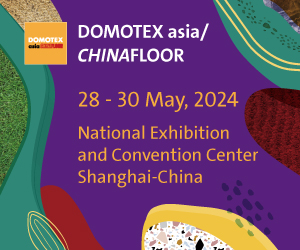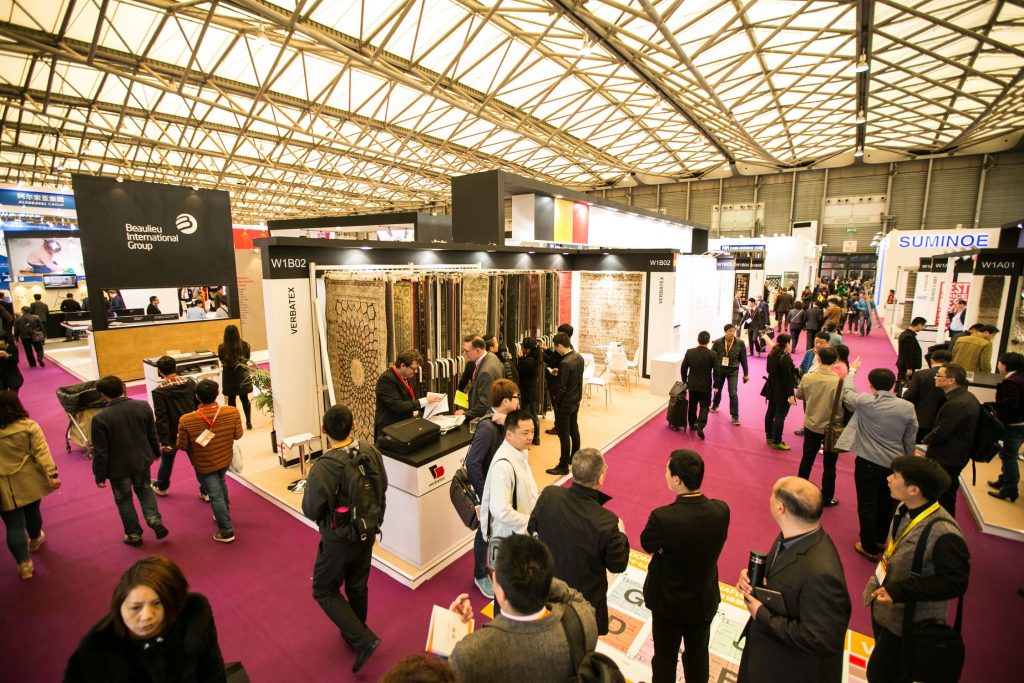 The knotted rug, the earliest samples of which have been found in Central Asia where the Turks used to live, is an art form discovered, developed and presented to the world by the Turks.
The knotted rug, the earliest samples of which have been found in Central Asia where the Turks used to live, is an art form discovered, developed and presented to the world by the Turks.
In order to protect themselves from the cold of the Central Asian steppes, where they used to live, the Turks invented the carpet using lamb’s wool which was abundant. Turks have taken this art form with them and spread it wherever they have traveled.In the 1940s, when the Russian archaeologist Rudenko was excavating burial mounds at Pazyryk in the foothills of the Altai Mountains in Siberia, where Turkish people used to live, he discovered the earliest surviving carpet in the world, in the fifth of the mounds.
This carpet was woven using the Turkish knot, in between 3rd and 2nd Centuries BC, and it is generally accepted that this carpet is attributed to the Asian Khuns. Hand-Made Carpets and Kilims The carpet is a woven textile which is produced by knotting colored threads on the warp, compressed by the weft. Two types of knots are used in producing carpets: The Turkish (Gördes-symmetrical) knot is wrapped around two warps and the Persian (Sineasymmetric) knot around a single warp. The Gördes knot makes a carpet stronger, firmer and more durable, while the Sine knot allows the weaving of different patterns.
The tighter the knots, the finer and stronger is the carpet. Turkish carpets and kilims are in the most valuable collections of museums and collectors in the world. Today, world museums exhibit the carpets woven in Anatolia as their most important and valuable works of art, beginning from the Seljuk period and continuing with the Ottoman Empire.
Turkish carpets have had a vast influence on an extensive zone ranging from Central Asia to Europe. From the middle of the 15th century, carpets exported from Turkey were highly appreciated in Europe and Turkish carpets played an essential role in the social life of Europe. These carpets are widely reflected in the paintings of the time and they are illustrated precisely. This interest, which grew and continued in the 16th and 17th centuries, especially during Renaissance period, is shown the existence of at least one or more Anatolian carpets in portraits of aristocrats, religious figures or other illustrations. Turkish carpets were so highly prized in Europe that they often graced the table than the floor. Because Turkish carpets were highly esteemed, possession of a Turkish carpet was regarded as a status symbol. Hans Holbein, Lorenzo Lotto, Carlo Crivelli, Hans Memling, and Gentile Bellini are some of painters who used Turkish carpets in their paintings. Anatolian carpets and kilims with their lively colors, motifs, patterns and superior quality have a universal reputation. Natural dyes are used, where many families have kept their knowledge of which leaves, flowers, roots and vegetables would yield the most radiant colors.
Machine carpets Turkey not only has a strong position in the traditional Turkish handmade carpets but also in machine-made carpet production. Machine- made carpet production in Turkey is concentrated mainly in Gaziantep, Kayseri and Istanbul. Machine-made carpets are produced both in workshops and industrial scale integrated manufacturing units. Raw materials used in the production of machine-made carpets are supplied both from Turkey and from abroad. Carpets and area rugs for both residential and commercial applications are produced from wool, acrylic and polypropylene fiber. The total value of machine-made carpets exported in 2011 was about US$ 1.4 billion. Major export markets are Saudi Arabia, Iraq, the USA and Germany. Today, Turkey, with its strong competitiveness in quality, design technology and production capacity is among the most important machine-made carpet producers and suppliers in the world. Turkish machine-made carpet producers continuously introduce new trends, a large variety of different types of carpets, new designs and colors to the world markets. Aspects like durability, color fastness, anti-soiling finish, ease of cleaning and antibacterial features are the important characteristics of the Turkish machine-made carpets.







